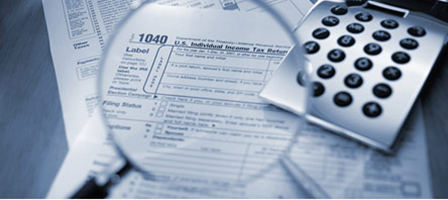On December 22, 2017, The Tax Cuts and Jobs Act was signed into law. The information in this article predates the tax reform legislation and may not apply to tax returns starting in the 2018 tax year. You may wish to speak to your tax advisor about the latest tax law. This publication is provided for your convenience and does not constitute legal advice. This publication is protected by copyright.

A taxpayer who has more than one home can only exclude gain from the sale of his or her’s main home (principal residence), even if the other home meets the 2-out-of-5-years ownership and use tests.
Main Home: The property that the taxpayer uses the majority of the time during a year will ordinarily be considered the taxpayer’s “main home” or “principal residence.” A taxpayer’s main home can be a house, houseboat, mobile home, cooperative apartment or condominium. In addition to how the property is used, relevant factors in deciding whether a property is the taxpayer’s principal residence include, but aren’t limited to:
- Taxpayer’s place of employment;
- Where the family members live;
- Address listed on taxpayer’s income tax returns, driver’s license and auto and voter registration;
- Taxpayer’s mailing address for bills and correspondence;
- Where the taxpayer maintains bank accounts; and
- Where the taxpayer maintains memberships (e.g., places of worship, clubs, etc.).
Example: The figure below illustrates a situation where a taxpayer has two homes, both of which meet the ownership test. The taxpayer also meets the occupancy test, since the taxpayer has lived in both homes more than two years of the prior five-year period. However, only the New York home qualifies, since the taxpayer lived in the New York home the majority of the time in all five preceding years, thus qualifying it as the taxpayer’s main home.
| ||
New York Home |
| California Home |
Months Qualifying Lived In Months 7 7 7 7 7 7 7 7 7 7 35 35 | Calendar Year One Two Three Four Five TOTAL | Months Qualifying Lived In Months 5 0 5 0 5 0 5 0 5 0 25 0 |

